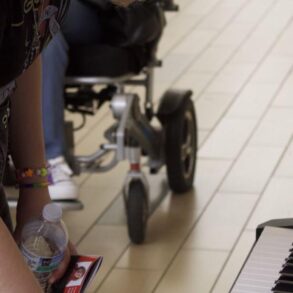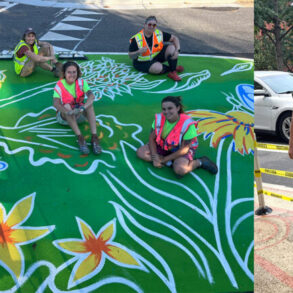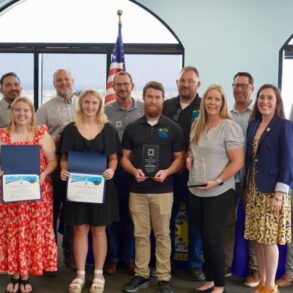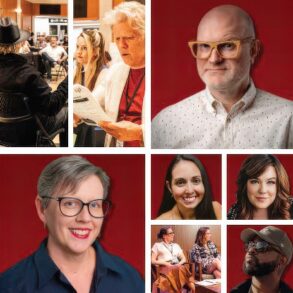As you enter the India Art Fair grounds, a monstrous cement truck that has been repurposed into a piece of outdoor art, with bits and pieces of metal scrap, catches your eye. Inside, the hall is a visual feast and explosion of colours and creativity, with 78 art galleries from around the world showing a selection of amazing contemporary works. You could call the event the Maha Kumbh of art in Delhi — one that art lovers treat as a pilgrimage.
For the ninth year in a row, luxury car maker BMW is partnering with the India Art Fair, and it’s no mere sponsor. Thomas Girst, Global Head-Cultural Engagement of the BMW Group, is almost offended by the term. “We don’t consider ourselves a sponsor, which is just a monetary transfer. We’re looking at interactions and long-term commitment, which means a partnership,” he says.
A cultured brand
“The BMW Group has been active in the arts for over 50 years, with hundreds of engagements worldwide. We consider ourselves a cultured brand,” stresses Girst, pointing out that the art market globally is valued at around $60 billion. “Of course, we want to be there, supporting the arts. We’re luxury, after all,” he says. Girst says association with art enhances the brand’s visibility and reputation.
Certainly, the brand is a highly visible partner at the Art Fair, with the who’s who of Delhi milling around the BMW collector’s lounge, sipping champagne and nibbling canapés. This year the BMW pavilion at the fair features an exciting work by Dennis Peter and Yash Chandak, who won ‘The Future is Born of Art’ commission, designed to platform a young Indian artist on a global stage. The competition theme was ‘Ecocentrism’ and the brief was to put forward a worldview in which ecological and technological thinking coexist. It’s a future that the automaker is also driving towards with its vehicles.
Peter and Chandak’s winning work — a surreal multimedia experience called Biolume — is hard to describe. As you move inside the darkened hall, which appears like an abstracted glowing oceanic world, sensors pick up your foot movement and that is interpreted on interactive screens in electrifying lights that change shapes.
The young artists tell you that the experience is inspired by bioluminescent organisms and integrates generative design and biomimicry. This is nature’s sci-fi that the two artists, who are well versed in digital design, bring to you. Of course, two BMW cars are part of the scenery too.
Serious patronage
Girst describes how, in the earlier years, the brand brought to India the fabled BMW art cars painted by Andy Warhol. Incidentally, it is 50 years of the BMW art cars — it was in 1975 that the first BMW art car was designed by artist Alexander Calder for French racing driver and art lover Hervé Poulain. Since then, many artists have designed BMW art cars, fondly called “rolling sculptures”.
“The art cars get people who are into arts and design and technology really excited. But we thought that it’s actually better to support artists in India,” says Girst. Thus was born ‘The Future is Born of Art’ commission, now in its fourth year.
Girst says the India Art Fair is not the only cultural engagement the brand has in the country. It is a patron and partner of the Kochi Muziris Biennale as well.
For brand BMW, its outing with art began in 1971 when it commissioned artist Gerhard Richter to create three large paintings. Since then the group has taken its patronage of arts as a serious social responsibility. As Girst says, “People look at companies from the outside and wonder what do we return to the society that we do successful business in. Of course, clients and customers are important, but the corporate citizenship approach is just as important.”
This post was originally published on this site be sure to check out more of their content




